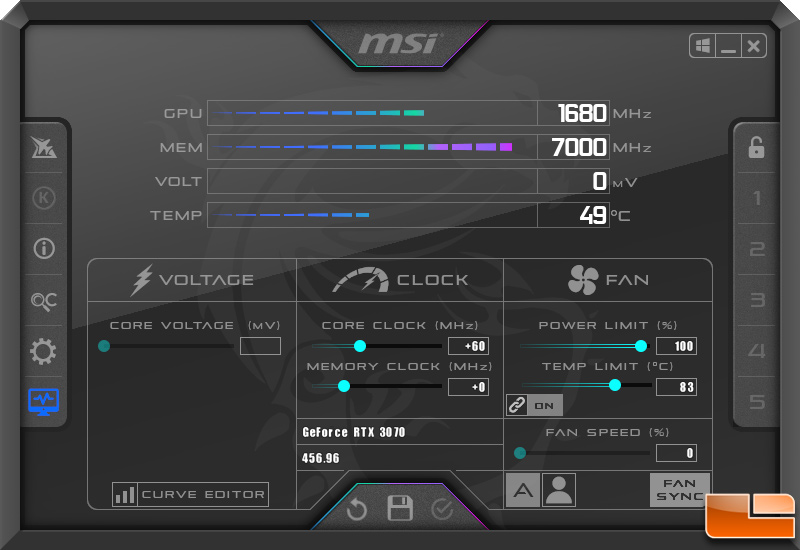
By default, it is put on Auto which can be disabled for a manual profile.īasic method– To overclock your GPU, you will need to change the values of the core clock and memory clock. Memory clock meter allows you to increase the speed of your memory in MHz.įan speed meter allows you to change the fan speed from 0% to 100%. Shader clock is automatic and changes automatically with the core clock. The core voltage meter helps to increase the voltage of your graphics card.Ĭore clock meter allows you to increase the clock speed of your graphics card’s core in MHz.

The top section shows the graphics card you have in your system and the driver version installed. To get started you first need to know what each thing on the software means. There is a basic and advanced way to overclock your graphics card.

The primary purpose of the software is to overclock your graphics card for which it was initially built which means you can increase the core clock and memory clock speeds of your GPU. The software, unfortunately, can’t tweak anything related to CPU but can only show metrics related to it. Each time you tweak or change something, it’s recommended to keep an eye on the metrics of your graphics card in order to know what changed.

The graphs will be useful for checking real-time metrics when you start using MSI Afterburner’s functions and tweak GPU’s settings. It also shows detailed real-time graphs of CPU temperature, usage, RAM usage, and voltage-related metrics. MSI Afterburner monitors your Graphics card’s usage, fan speed, temperature, memory usage, and more. The tool shows your hardware metrics through graphs. MSI has a dedicated tool for monitoring your hardware.


 0 kommentar(er)
0 kommentar(er)
